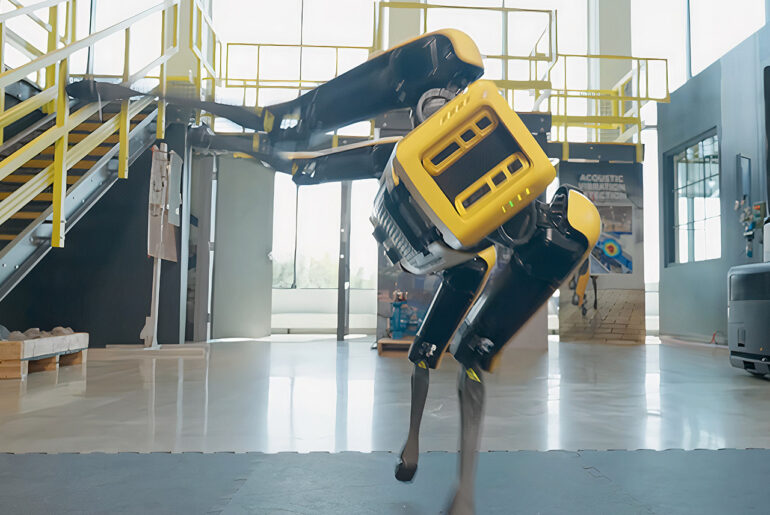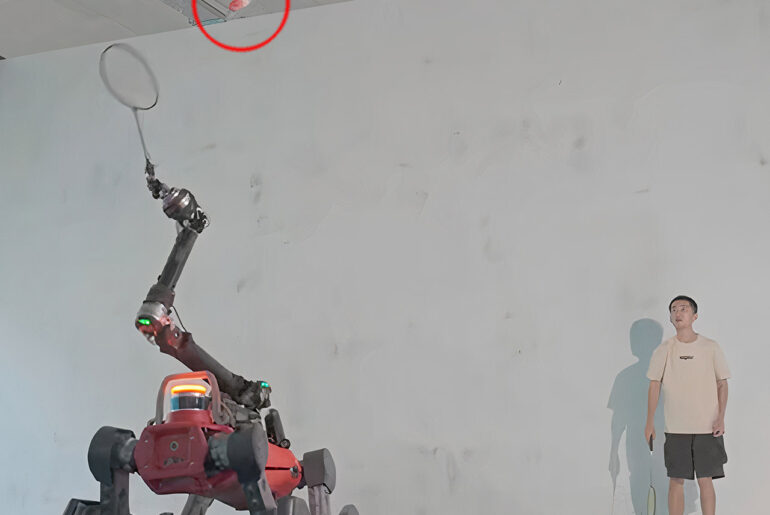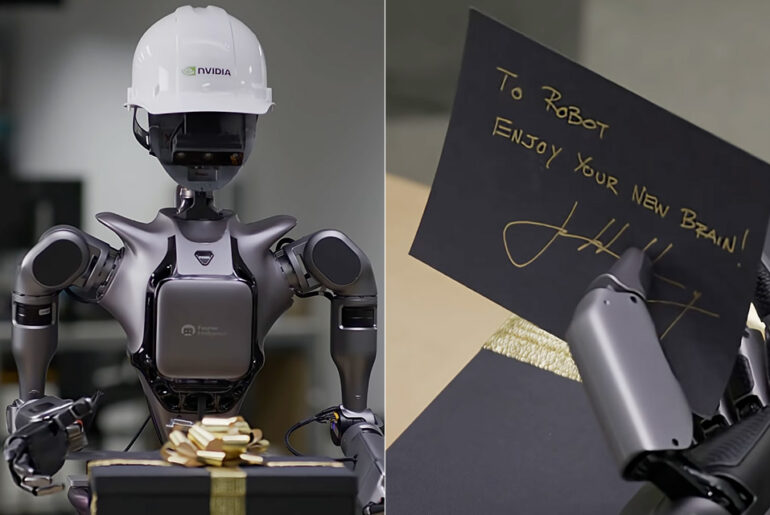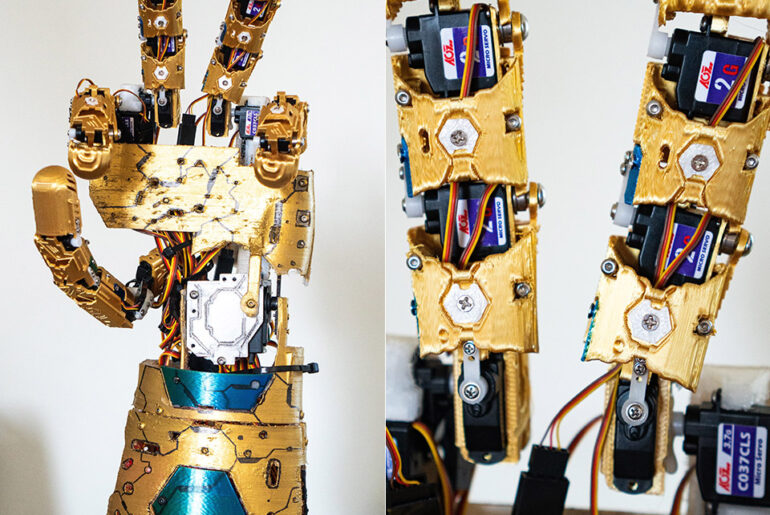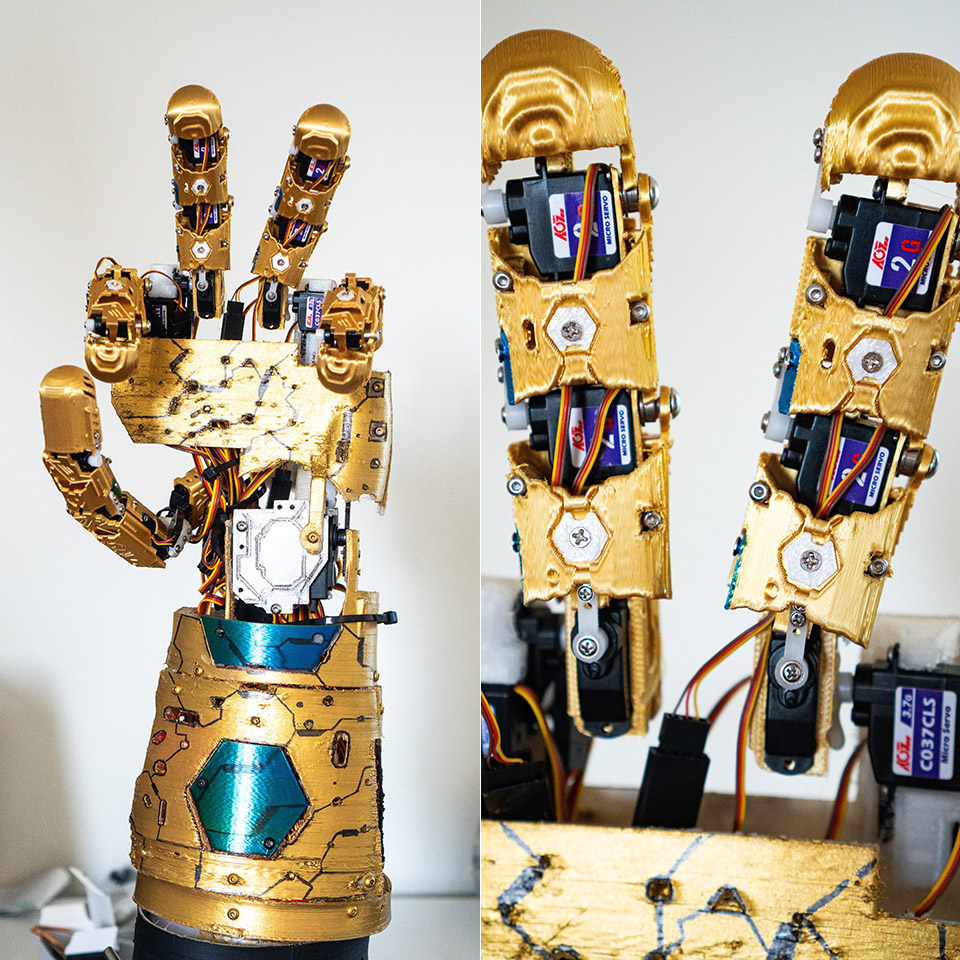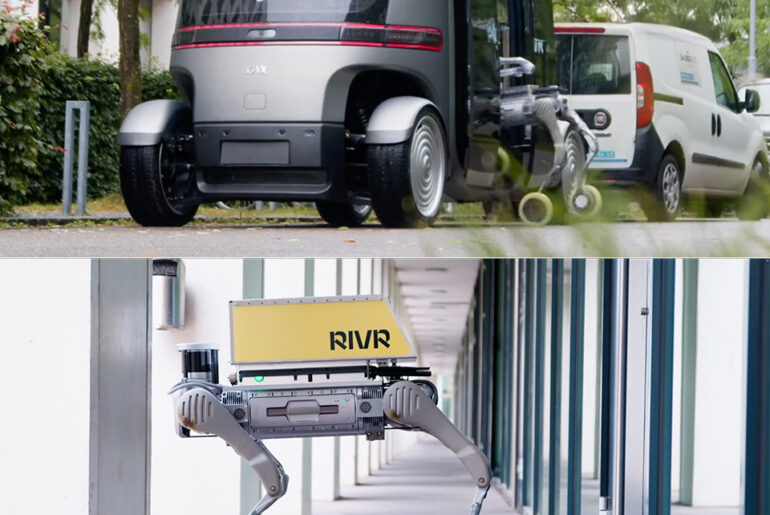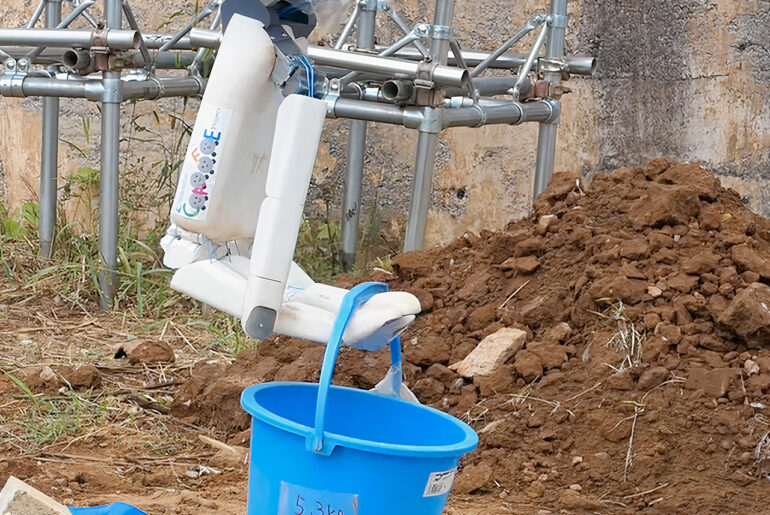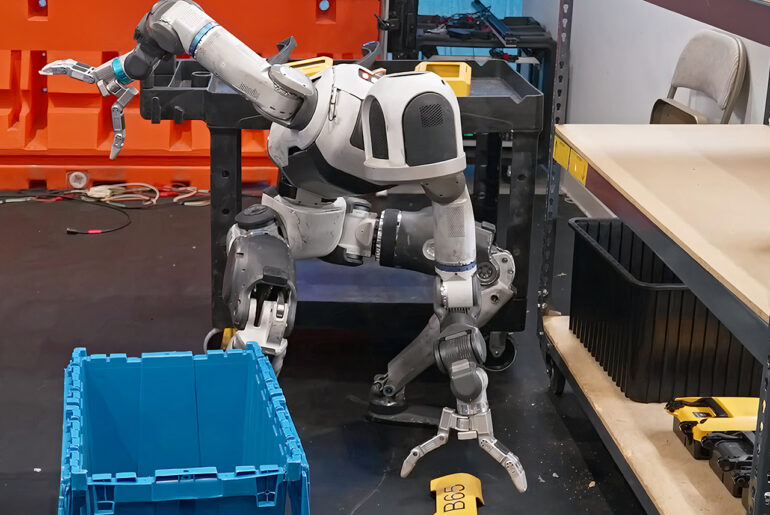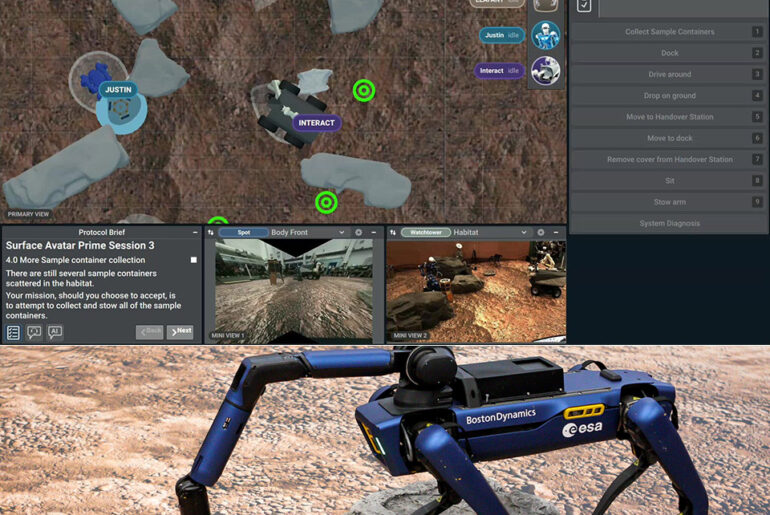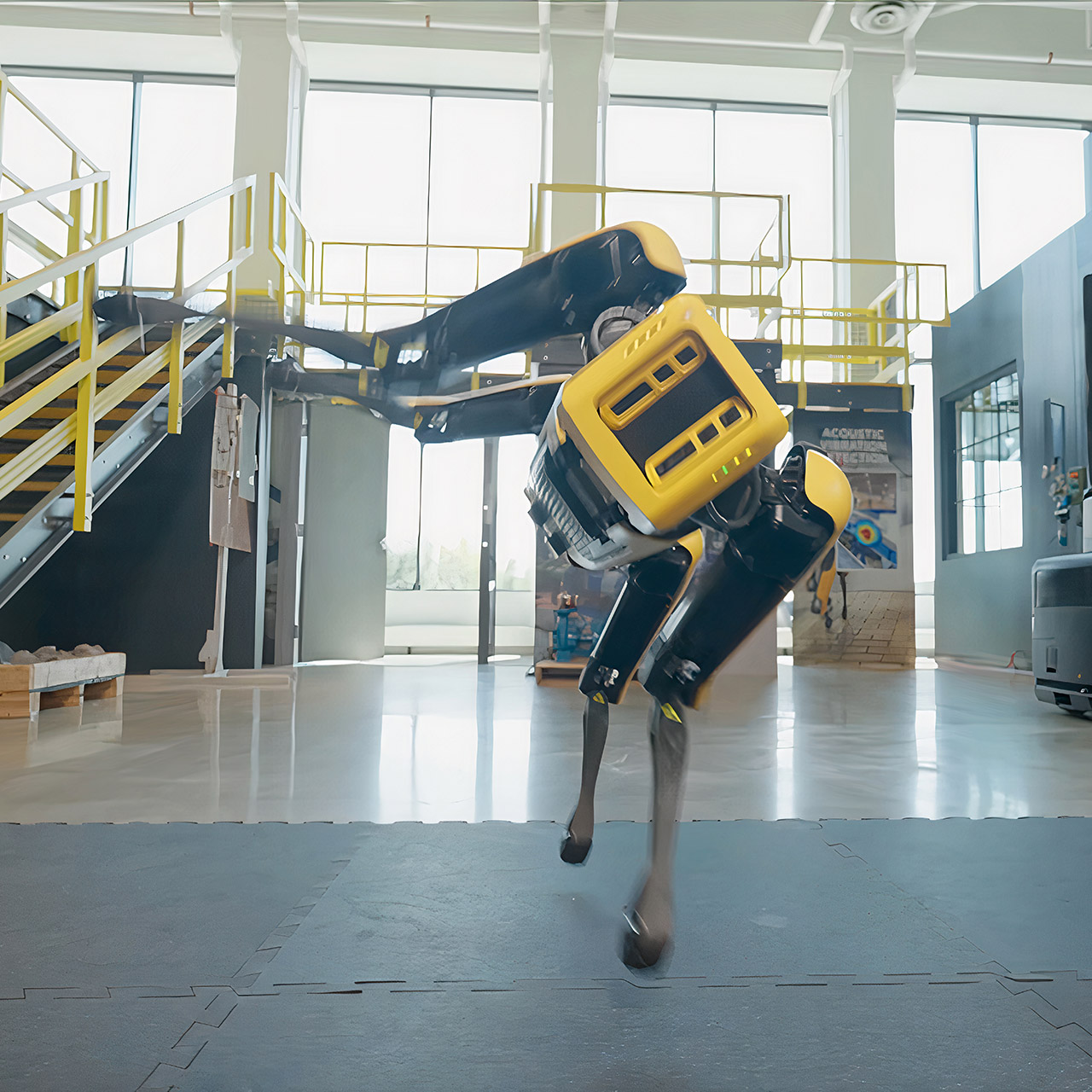
Boston Dynamics’ Spot, the four-legged robot dog that roams factory floors, has learned a new trick: it can jump into the air and flip and twist like an acrobat.
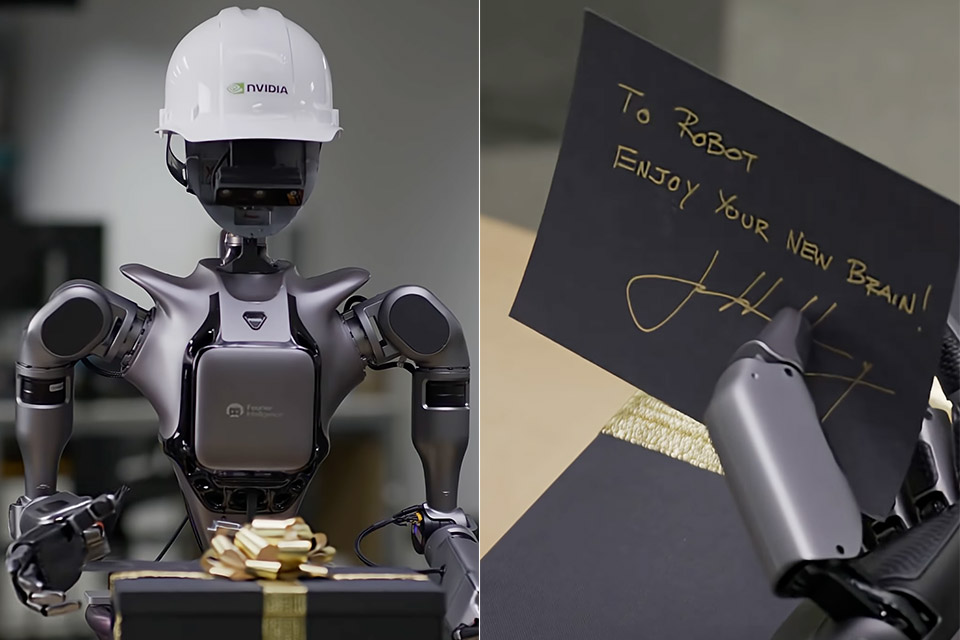
Today, Jensen Huang unveiled NVIDIA’s Jetson AGX Thor, a major leap forward in robotics. This tiny computer is for humanoid robots, self-driving cars as well as other smart machines, and has the performance to change how they interact with the world.

A dozen robots, each smaller than a grain of sand, sit on your fingertip. These are smartlets, tiny marvels from Chemnitz University of Technology that pack a lot of tech into their millimeter sized bodies. Developed by a team led by Prof. Oliver G. Schmidt, these water robots move, sense and talk to each other in water, and could one day monitor lakes or swim through our bodies for medical diagnostics.
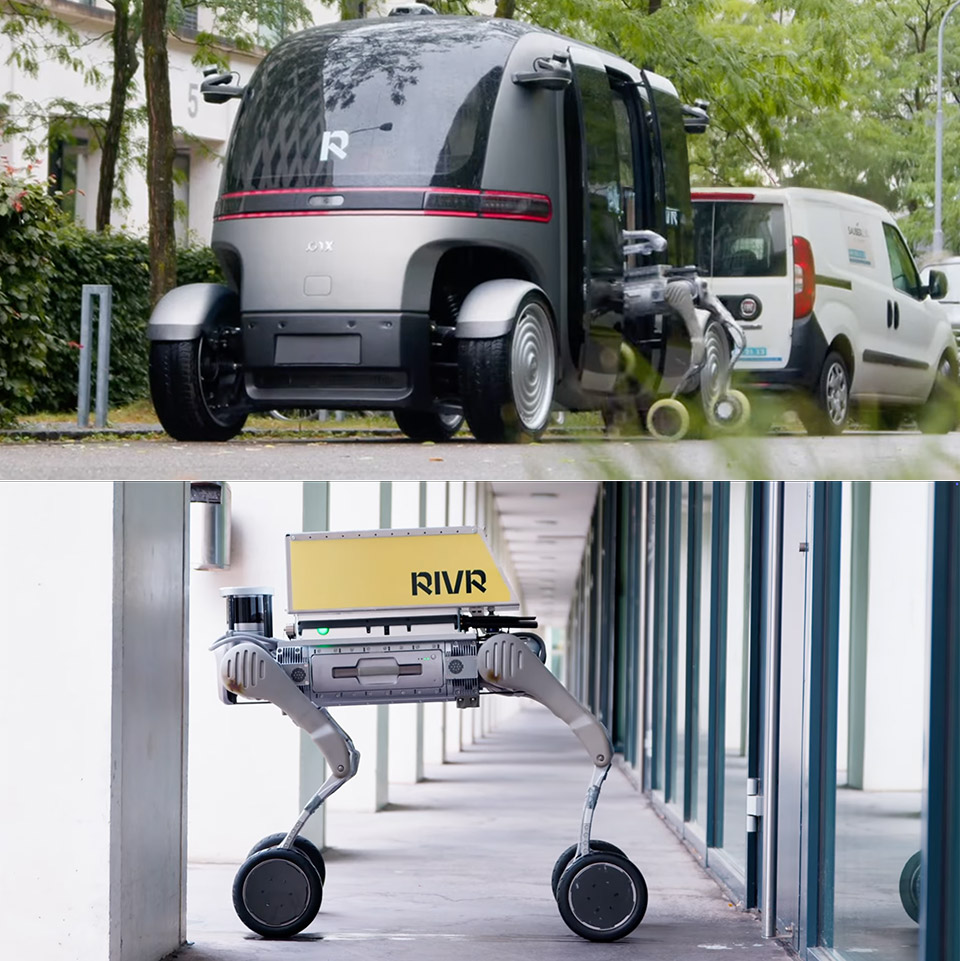
RIVR, a Zurich based robotics company, is about to change package delivery with a system that pairs autonomous vehicles with AI-driven delivery robots to cover the entire last-mile journey – from warehouse to your front door.
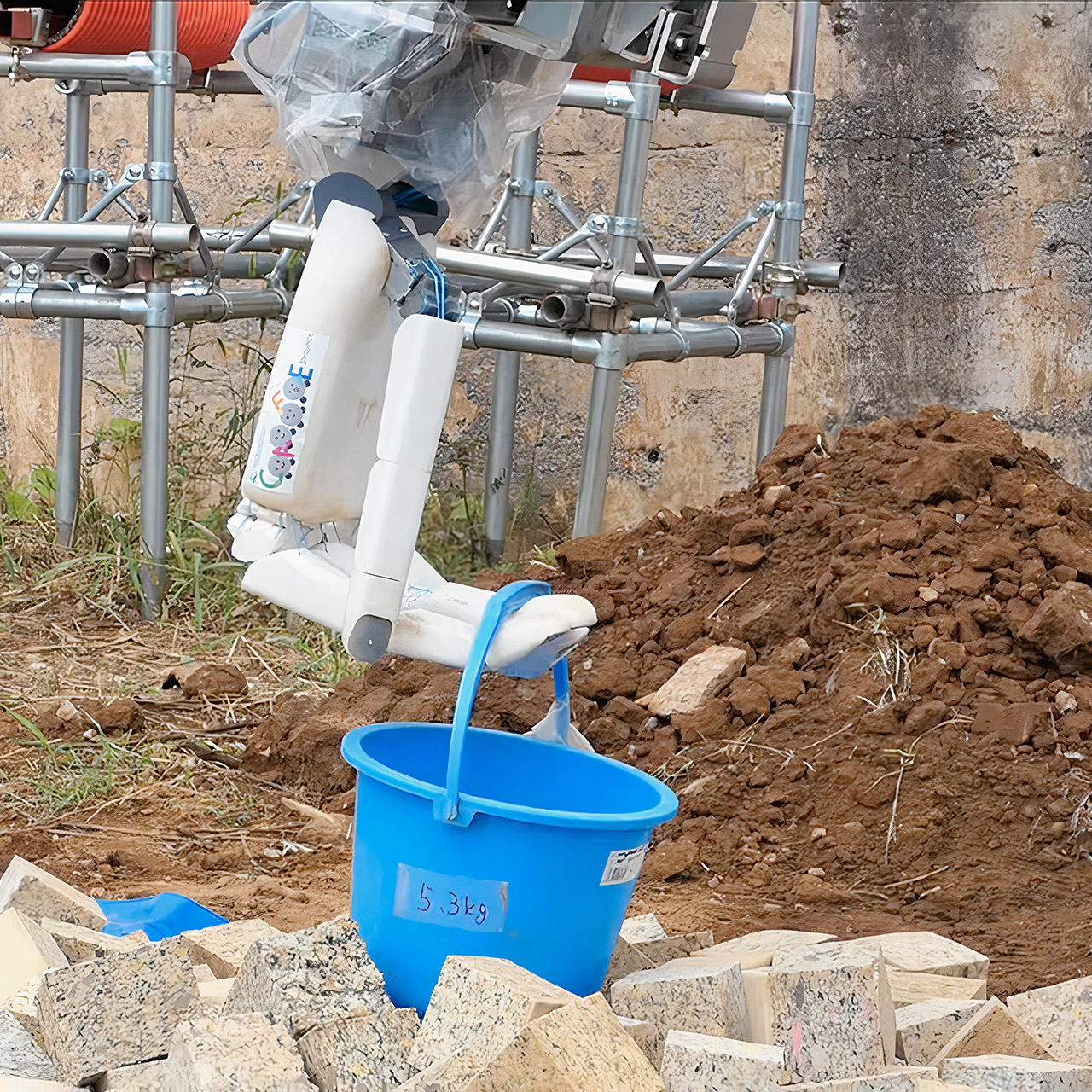
Researchers have created a machine that could change the way we respond to natural disasters. Kumagai Gumi of Japan, Tsukuba University, Nara Institute of Science and Technology, and ETH Zurich in Switzerland have built a giant robot hand with an AI-driven excavating system that will bring precision and safety to areas where human workers are at risk.
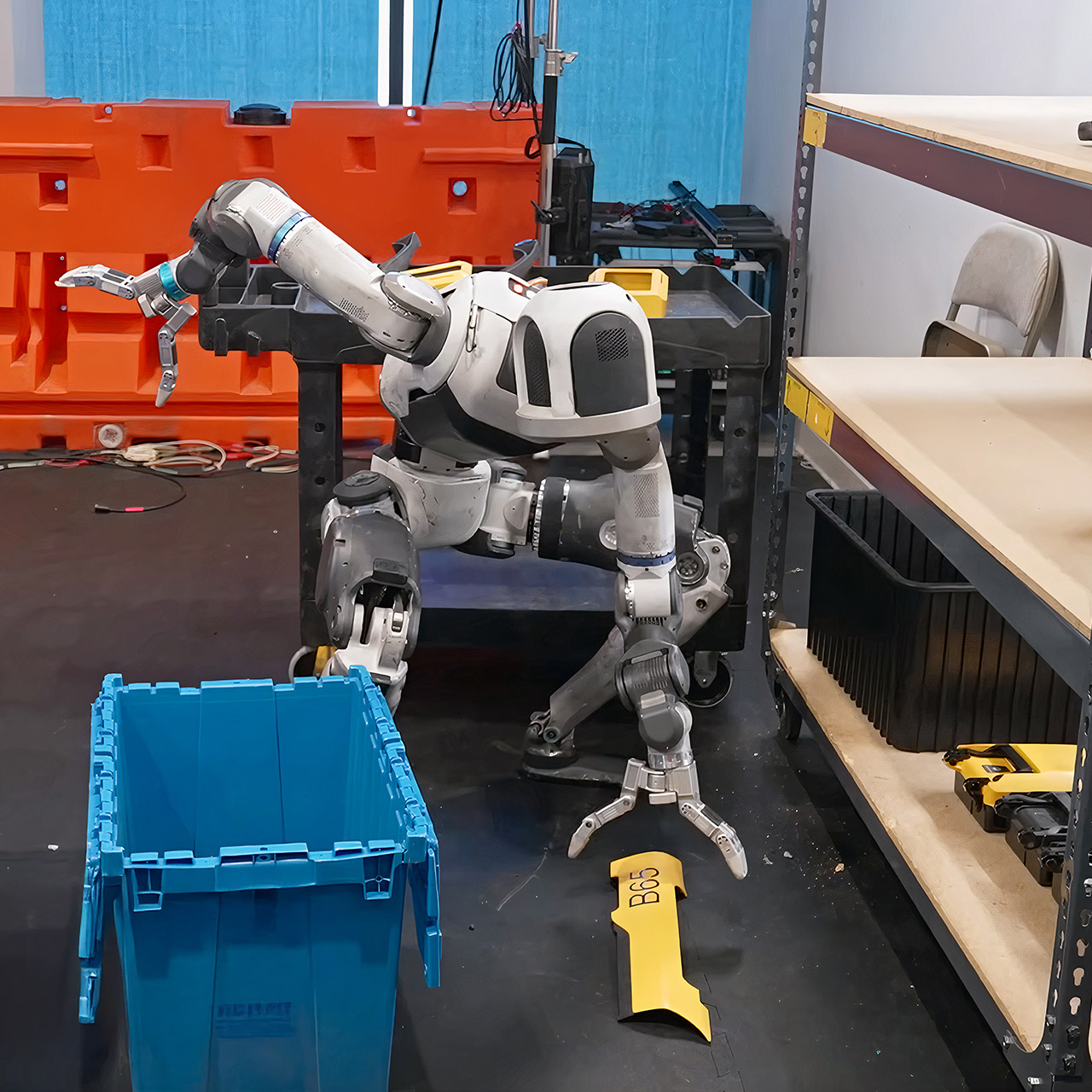
We’ve always been fascinated by Boston Dynamics, with robots that dance, jump and navigate the world with ease. Their latest project with Toyota Research Institute takes Atlas to new heights by teaching it how to do hard jobs on its own.
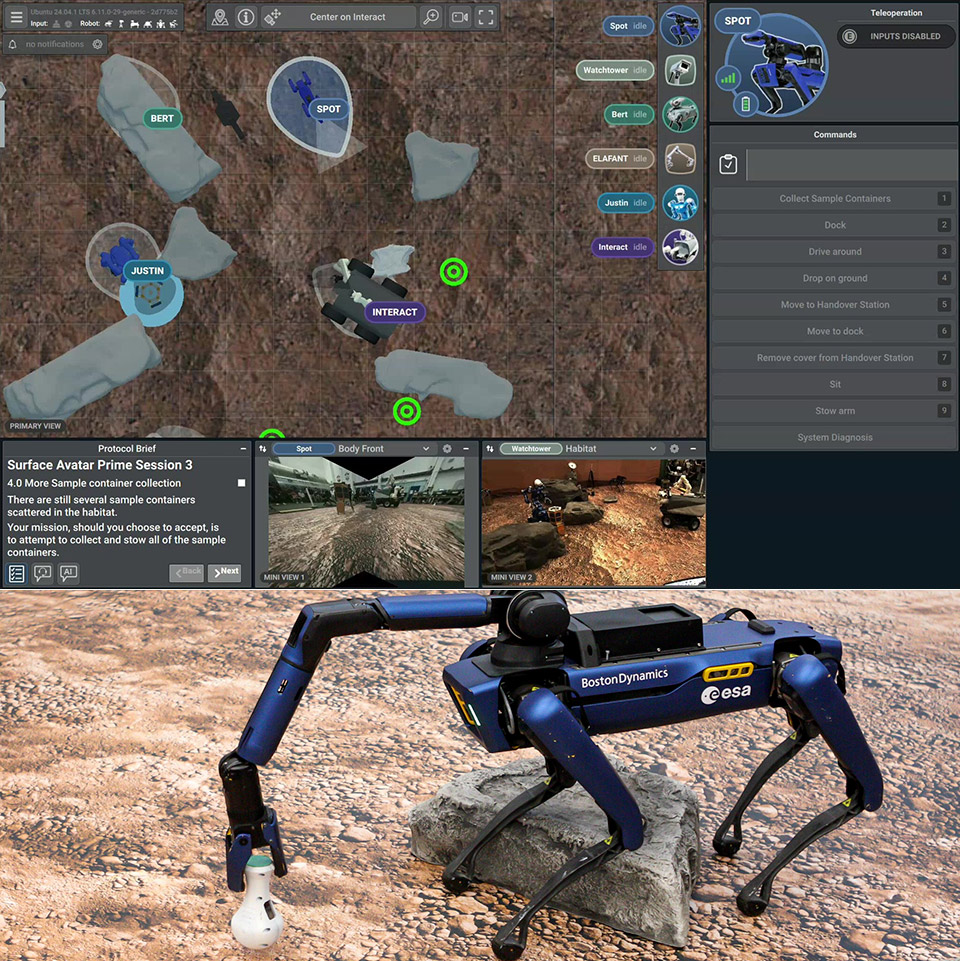
Photo credit: DLR-E. Hellerslien
A crimson landscape that resembles Mars’ surface can be found in a rural area in Germany. Jonny Kim, a NASA astronaut aboard the International Space Station, leaned into a custom interface, his hands on a joystick and a haptic device, preparing to lead a team of robots in this foreign environment. The Surface Avatar project, a collaboration between the European Space Agency (ESA) and the German Aerospace Center (DLR), concluded with this session. What exactly is the goal? To perfect astronauts’ ability to control robotic teams on far away worlds like the Moon or Mars from orbit.

